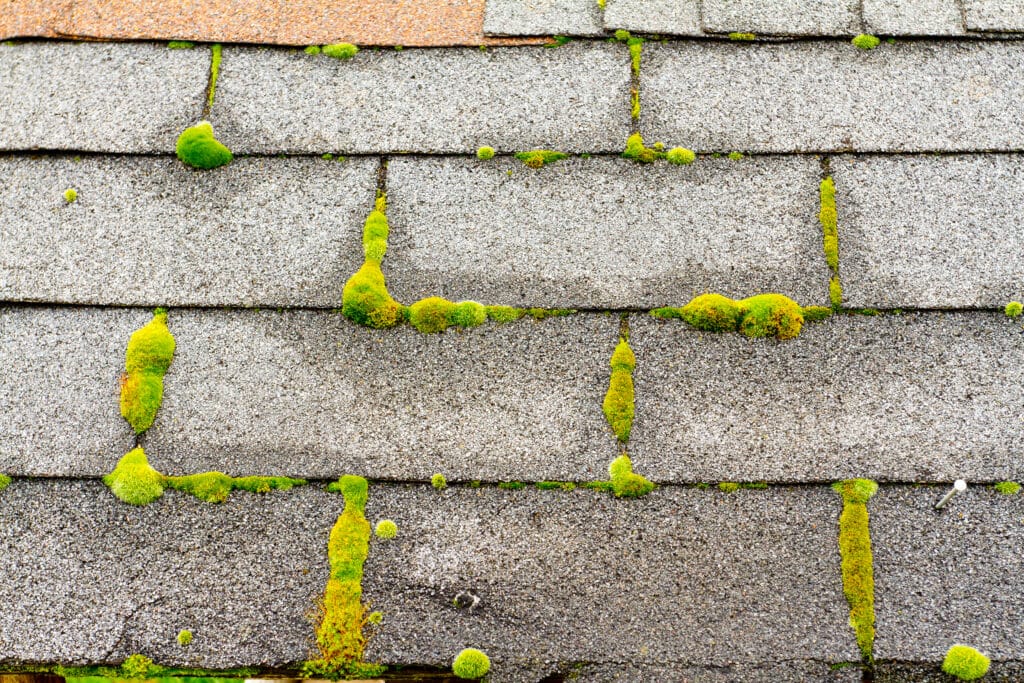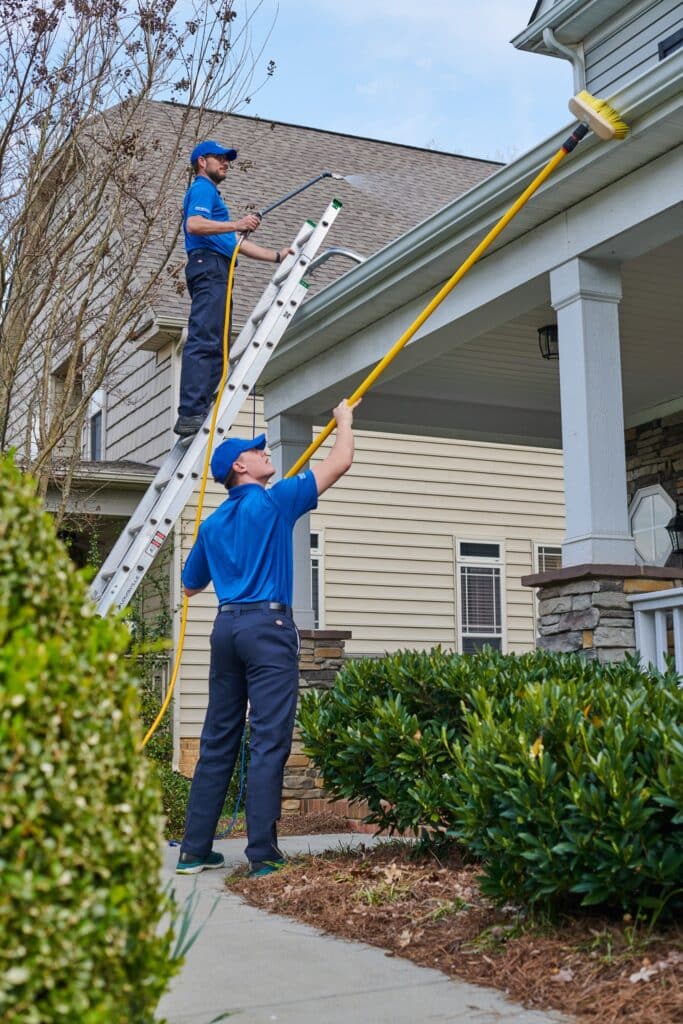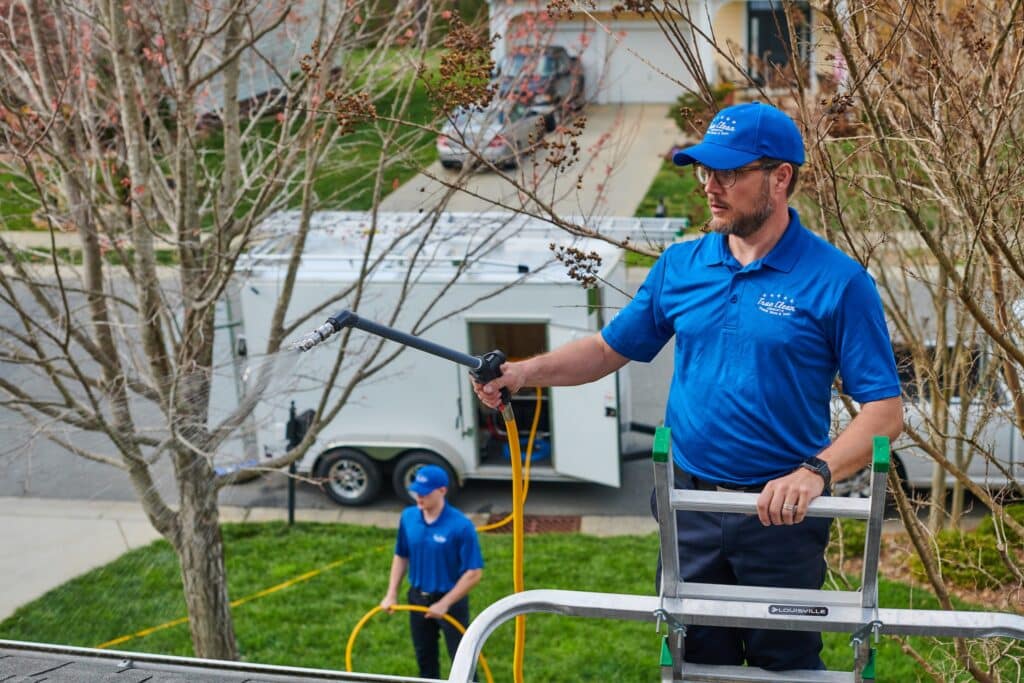
Have you recently noticed black, brown, or green splotches across your roof? These splotches may be a sign that you have fungus on your roof. While this problem isn’t grounds for immediate concern, it is certainly a problem you should address with the help of a professional sooner than later.
Our True Clean Power Wash & Seal team wants to keep your roof looking its best for years to come. But to do that, you need to understand why fungus on your roof is a problem that you need to address. This blog will discuss roof fungus, its most common forms, and how to treat it to prevent regrowth.
What Is Roof Fungus?
If you have fungus on your roof, it is important to understand that this is an all-too-common roofing problem, especially in places that experience a great deal of humidity and moisture. Fungus is an organism that absorbs its nutrients through whichever surface it lives on. It is commonly found on living and dead trees, in soil, and on your roof. As the wind blows organic materials, including grass clippings and leaves, onto your roof, the fungi begin to pull in nutrients, which can lead to its slow and steady spread.
There are several ways for you to get fungus on your roof. First, it can develop after a leak appears that you don’t catch early enough. As the moisture accumulates, the fungus begins to grow. In addition to leaks, organic materials blowing onto your roof can cause fungi to grow if they are not cleaned off in time. While you deal with humidity and precipitation, moisture accumulates on these materials, leading to the growth of fungus. The fungus will continue to thrive as long as the surface remains moist.
Common Forms Of Roof Fungus
There are several forms of roof fungus. These fungi vary in severity but should all be addressed by a professional when you notice them forming and spreading across your roof. If fungi are left unattended, they can cause structural damage to your roof, leading to much more costly repairs. The most common forms of roof fungus include the following:

- Algae: Algae is one of the most common forms of fungus on your roof. It is typically a blackish-green color and is attracted to moisture. When homeowners notice algae growth on their roofs, it has usually been growing for at least two months. If a professional does not remove the algae, it may begin to eat away at your shingles.
- Moss: While you may think a mossy house is beautiful, moss on your roof can be incredibly damaging. It is bright green and forms because of moisture, shade, and debris. If a professional does not come to your home to remove the moss, it can lead to dry rot. The moss acts as a barrier, preventing moisture from escaping your roof and instead forcing it to absorb into the structure.
- Mildew: Mildew is a fungus on your roof that you may already be familiar with. Homeowners often find mildew, which appears as a light pink, gray, or black substance, on their roofs if they don’t have adequate drainage. If you allow mildew to grow on your roof, it may begin to eat away at your shingles.
- Mold: Mold is certainly the most dangerous fungus on your roof. It may appear green, brown, or black and spreads incredibly quickly once it starts to grow. In addition to the respiratory risks associated with mold, it may ruin your shingles and cause structural damage.
Asphalt Shingles
Asphalt shingles are one of the most popular roofing materials used among homeowners and professional roofing companies. They are designed to withstand the most extreme weather patterns. If you have recently replaced your roof with asphalt shingles, you may notice you have more fungus on your roof than you had previously. Asphalt shingles are made of more asphalt and less filler than they previously were, leading to an increase in fungus growth across the surface.
How To Treat Fungus On Your Roof
When you have fungus on your roof, it is important that you reach out to a professional for a roof cleaning. A professional power washing service will recommend soft washing your roof. Soft washing is a cleaning technique that uses low pressure that is often used to treat especially fragile surfaces. It is the most effective way to safely clean your shingles.
Prior to roof cleanings, your professional should cover any landscaping to protect it from the chemicals used to rinse your roof. They may even dampen the plants and surrounding soil to prevent them from absorbing any run-off and rinse them after washing to ensure no chemicals sit on the surface of the plant.
After your cleaning, you shouldn’t have to worry about fungus on your roof for up to five years. However, if you notice a build-up of debris, you should reach out to a professional to remove it before it causes substantial damage to your roof.
Caring For Your Home With True Clean Power Wash & Seal

At True Clean Power Wash & Seal, we know how frustrating it can be to deal with fungus on your roof, especially in the Charlotte, NC, area. It diminishes the appearance of your home and can cause significant damage if left untreated. Our team is confident that we provide the best roof cleaning services and that your roof will look spotless for years to come.
In addition to our roof cleaning services, we provide fence, concrete, and deck cleaning services. If you are interested in getting your roof cleaned or would like to speak to a member of our team about the other services we provide, reach out to us today.




Leave a Reply